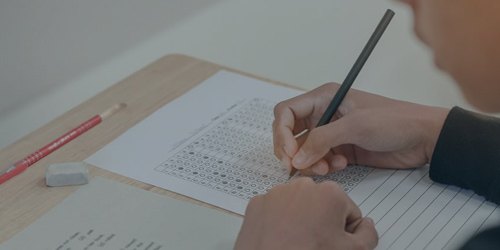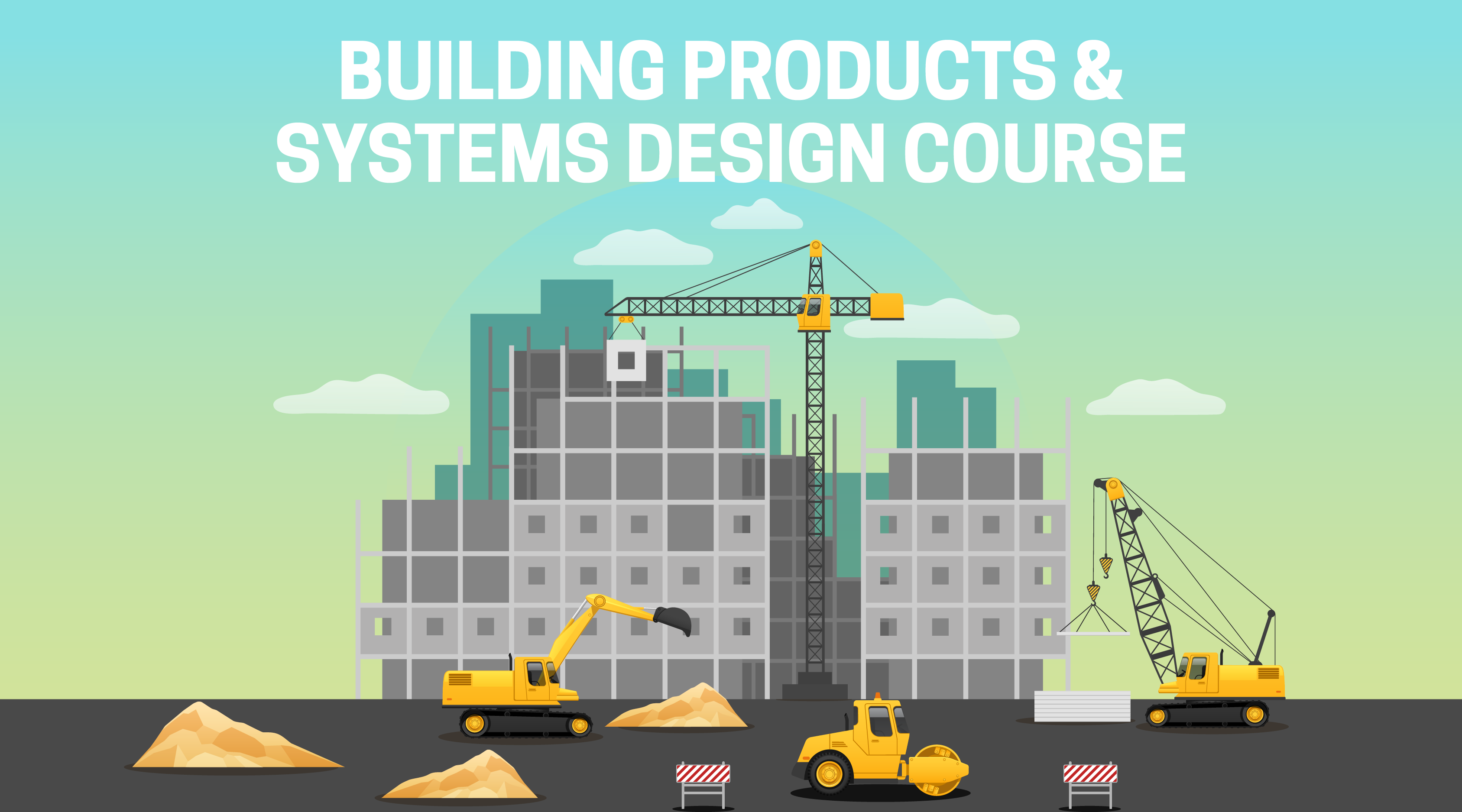Building Products and Systems program is a part of the Design course. It is designed to focus on a cross-disciplinary and cross-cultural approach with a strong emphasis on experimentation. The goal of this program is to provide future product designers with thorough knowledge and skills in the field of industrial design, specifically the design of products in built spaces. Building Products and Systems course have a responsibility to teach students' about human-centred design approaches, problem-solving, new creative solutions, balancing aesthetics, product performance, sustainability, and ease of manufacturing. It also trains students to work in collaboration using the latest technologies and international collaborations.
What does the course focus on?
- Tools and techniques related to design
- Reworking on old designs
- Various designing aspects
- Creating new designs as per the recent trends
- Creating aesthetic designs
- Managing and coordinating activities in a group
Highlights:
| Course Name | Building Products and Systems Design |
|---|---|
| Course Level | Master |
| Duration | M.Des in Building Products and Systems Design (Master/Postgraduate): 2 years |
| Examination Type | Semester |
| Eligibility | Varies with course |
| Admission Process | Entrance based admission |
| Top Recruiters | Adani Group, Atkin Global, CBRE, CRISIL, Ernst & Young, Evosys, Feedback Infra Pvt Ltd., GIJ, GODREJ, ILFS Edu, JLL, Kalpataru Power, KPMG, Marathon Media, etc |
| Top Career Scopes | Product Designer, Packaging Designer, Industrial Designer, etc |
Top Colleges:
Eligibility:
| Course | Duration | Eligibility | Entrances |
|---|---|---|---|
| M.Des in Building Products and Systems Design | 2 years |
|
CEPT Aptitude test, NATA |
Skills Required:
The skills required for the profile of the product design are :
- A good eye for the details.
- Well-developed technical and more creative skills.
- Commercial awareness.
- IT skills
- Communication and interpersonal skills.
Syllabus:
M.Des in Building Products and Systems Design
| Subjects | Subjects |
|---|---|
| Research and writing ability | Property of materials, engineering principles, and manufacturing technologies. |
| Canon: History of Design and Objects Responsible | Property of materials, engineering principles, and manufacturing technologies. |
| Design: Gaining empathetic insights trough experience. Nuances of the Design profession Intellectual property and protection | Simple Building Products |
| History of Design and Objects | Material and structure I |
| Wood Joinery and Panel Processing | Nature and form, hardware and fittings, transformable, appropriate technology, industry exposures, etc. |
| Products for Interiors | Human-Centered Design |
| Material and structure II | Metal Joinery and Processes |
| Products for Outdoors | Systems thinking |
| Material and structure III | Industrial Manufacturing and Processes |
| Systems Design | Design Management and Intellectual Property |
| Digital Technology | |
Practicals include:
| Evidence of student learning | Final Portfolio (physical + online) + Exhibition | Case Studies and Essay 3 each course. Final Essays in a bound volume | Detailed Drawings 2D or 3D as needed, Prototypes, models, MCQ Exams + VIVA |
| Tutor Deliverables | Final Brief + Exhibition + Units Catalog | Lecture and tutorial notes in bound volume | External Review |
| BOR to review the final exhibition for quality of learning and design excellence | BOR to review essays for clarity and excellence in communication | Industry Experts to judge the outcomes and give feedback | |
Admission Process:
The admission process for a degree in Building Products and Systems Design Course is different for both Bachelor's degree and Master's Degree. The stages are Scrutiny of Eligibility, Entrance, Qualifying the Cut-off, PG Design Aptitude Online Test (for masters only), Personal Interview. All the stages are described below:
Stage 1: Scrutiny of Eligibility
All the received applications will be scanned and the list of eligible candidates will be prepared by a panel of faculty members. Therefore, interested candidates should carefully fill up all the required details only after checking the eligibility criteria of the course.
Stage 2: Entrance
The selected candidates will be invited for the aptitude test. Appearing the entrance is mandatory for all the students in order to qualify for admission. After the exam, a merit list will be prepared based on the marks secured by the aspirants.
Stage 3: Qualifying the Cut-off
A faculty panel administering the admission process will determine the cut-off and prepare a merit list of students eligible for the next stages. In this stage, the portfolio of applicants will be analyzed by the panel and they will be awarded a score between 100 to 00. The remarks for each score range is given below
| 100-80 (Excellent level) | 79-60 (Good level) | 59-40 (Satisfactory level) | 39-00 (Poor level) |
|---|---|---|---|
|
|
|
This category is considered unsatisfactory |
Stage 4: PG Design Aptitude Online Test (for masters only)
Candidates have to appear the PG Design Aptitude Online Test. This test will be conducted before the interview round. The test is designed to evaluate the following abilities:
- Ability to analyze different types of design and even provide accurate responses if any errors are found.
- The skill of drawing and presenting the diverse process of design and writing ability is also included.
Stage 5 (Personal Interview)
It is regarded as the final stage of the selection process. In this round, the candidate will be interviewed by a panel of faculties of the concerned college. The portfolio submitted by the applicant will be an important part of the interview process.
Top Entrances:
- Eligibility: The student should have a minimum of 55% and 50% is for reserved category.
- Exam Mode: Offline
- Exam Duration: 3 hours or 180 minutes
- Type of Questions: MCQs, Drawing and Design, and Descriptive Answer Questions
- Exam Frequency: Once a year
- Mode of Application: Online
- Exam Mode: Pen – Paper Based
- Exam Frequency: Twice a year
- Exam Type: National Level
Career Scope:
The career opportunities in the field of Product Design Industry is growing like never before. Some of the reasons responsible for the same have been the recent advancement in technologies and the driving concepts involved in designing various types of products. After completing a degree in Building Products and Systems Design students can enjoy a bright lucrative future in the design industry. Some of the top career profiles are mentioned below:
| Job Profile | Annual Salary |
|---|---|
| Product Designer | Rs 6-7 lakhs |
| Packaging designer | Rs 5-6 lakhs |
| Industrial Designer | Rs 6-8 lakhs |
Top Recruiters:
| Adani Group | Atkin Global |
| CBRE | CRISIL |
| Ernst & Young | Evosys |
| Feedback Infra Pvt Ltd. | GIJ |
| GODREJ | ILFS Edu |
| JLL | Kalpataru Power |
| KPMG | Marathon Media |
| Meru cab | Mott McDonald |
| PWC | Reliance |
| Shapoorji Pallonji | Synergy Group |
Top Hiring Cities:
- Delhi
- Mumbai
- Bangalore
- Hyderabad
- Chennai
- Pune
FAQ's
Q: What are the top recruiters of this design course?
A: There are a lot of companies that recruit these designers mainly the product based companies namely Adani Group Atkin Global CBRE CRISIL Ernst & Young Evosys Feedback Infra Pvt Ltd. GIZ GODREJ ILFS Edu JLL Kalpataru Power KPMG Marathon Media
Q: What is the evaluation process of admission into CEPT?
A: In order to select the best and most diverse set of candidates for our program, the selection procedures and criteria are designed to ensure parity of evaluation and eliminate – to the extent possible – biases inherent in any selection procedure. Evaluations are carried out by different individuals in different stages, according to a common framework of evaluation and the results are independently collated to produce the final merit list of selected candidates.
The Evaluation is conducted in multiple stages by the Admission Committee set up by the Faculty of Design. Each stage carries specific weightage:
Q: What are the stages on which evaluation take place?
A: Academic Performance in the UG Course: 5%
- Work Experience: 10%
- Portfolio: 5%
- FD PG Common Design Aptitude Test: 30%
- FD PG Subject Specific Design Aptitude Test: 50%
Q: What are the top entrances to appear for a degree in Building Products and Systems Design?
A: Some of the top entrances are mentioned below:












